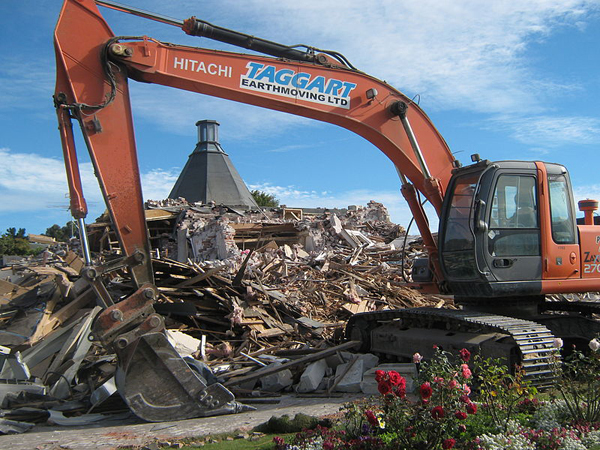
Joni Mitchell’s landmark “Big Yellow Taxi” lyric says it all: “Don’t it always seem to go, that you don’t know what you’ve got ’til it’s gone.”
I was reminded of this verse recently while driving down Bay Lane in Water Mill. There was this large, totally scraped clean piece of land and I suddenly realized that the iconic (to all who knew it) French Chateau was gone, literally wiped off the face of the Earth. Not even a slate tile remained.
Was it a particularly significant architectural marvel? No, but it was whimsical, out of character with everything around it, and totally charming.
What will replace it? Time will tell, but good luck on replacing the charm factor.
Numerous examples come to mind of homes literally here one day and gone the next; Elaine Benson’s gingerbread Victorian across from the Bridgehampton Post Office, various farm houses along Ocean Road, the recent controversial teardown of Bayberry Land in Shinnecock Hills, a number of Charles Gwathmey’s lyrical East End compositions, and lest we forget, Gordon Bunshaft’s modernist bunker on Georgica Pond.
Southampton Village, long known for its well scaled and maintained neighborhoods full of homes with porches and gables surrounded by mature trees and gardens, finds itself embroiled in a tug of war between neighborhood groups and individuals who purchase homes for their teardown potential, thereby maximizing the allowable footprint right up to the setback line (think putting the Rennert house on Toylsome Lane). These homes overwhelm the scale of their neighbors of longstanding and radically change the fabric of the neighborhood.
The newly formed Village of Sagaponack moved quickly and not without controversy in establishing zoning guidelines to prohibit McMansions from diminishing what is left of its bucolic beauty.
This is not just an East End phenomena as communities throughout the nation are grasping at straws on how to approach this growing problem. Modernist buildings are among the most endangered, particularly in the seminal proving ground regions of Connecticut, Michigan and California, where modernism established its genre with such excitement, enthusiasm and experimentation.
Buildings are rather like people, once gone, they are missed, and missed more by some than others. Looking forward, 20 years from now very few people will remember that Ms. Benson’s home or the French Chateau ever existed, but something will be lost as a result. That is why preserving the character of a place is just as important as preserving individual buildings.
As noted previously in this column, Sag Harbor is the best example I can think of where keeping the architectural fabric of the community intact is not only a community mandate, it is a community passion. More towns and villages should take notice—before it’s too late.